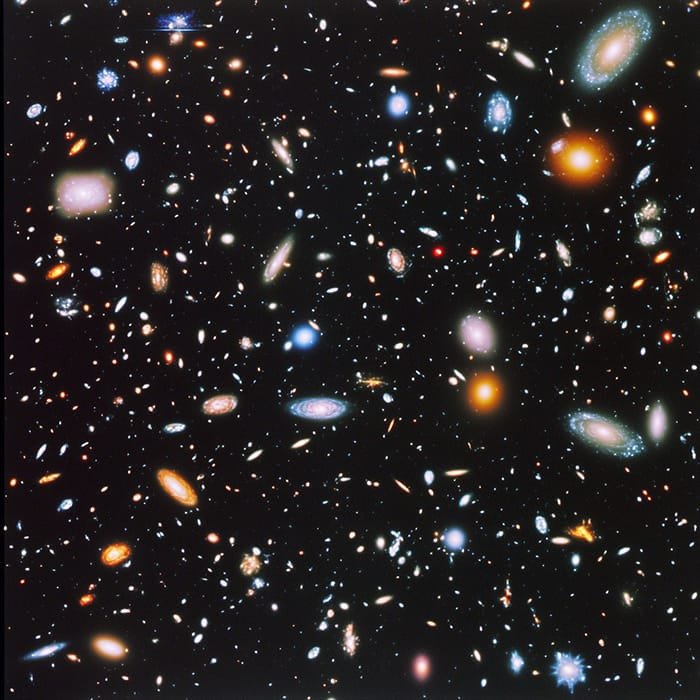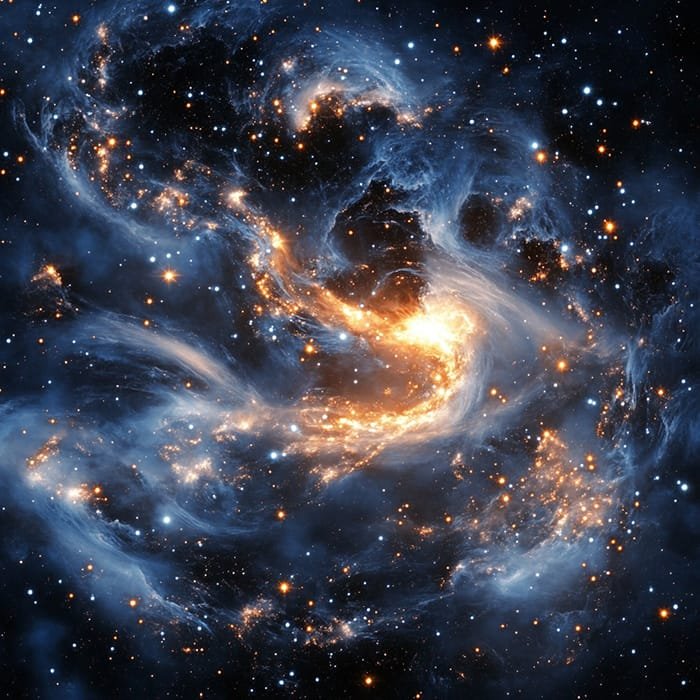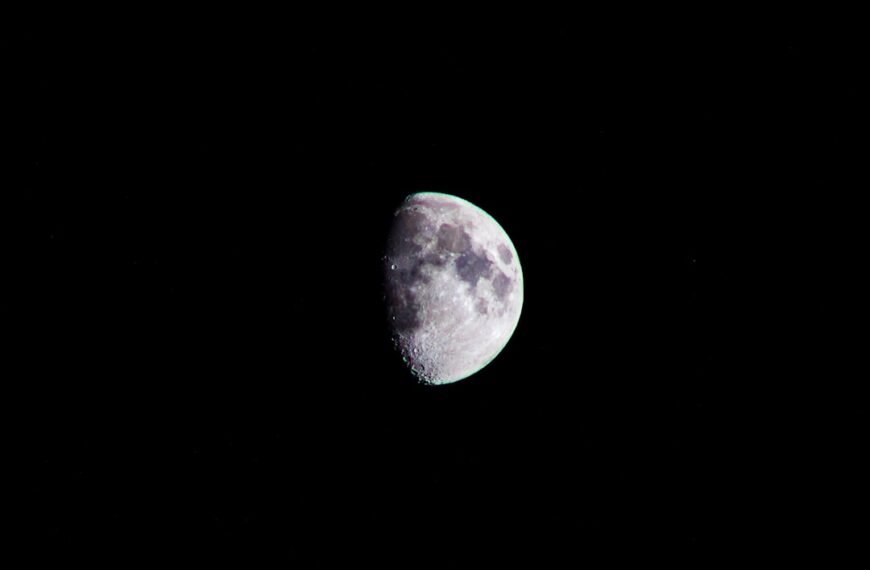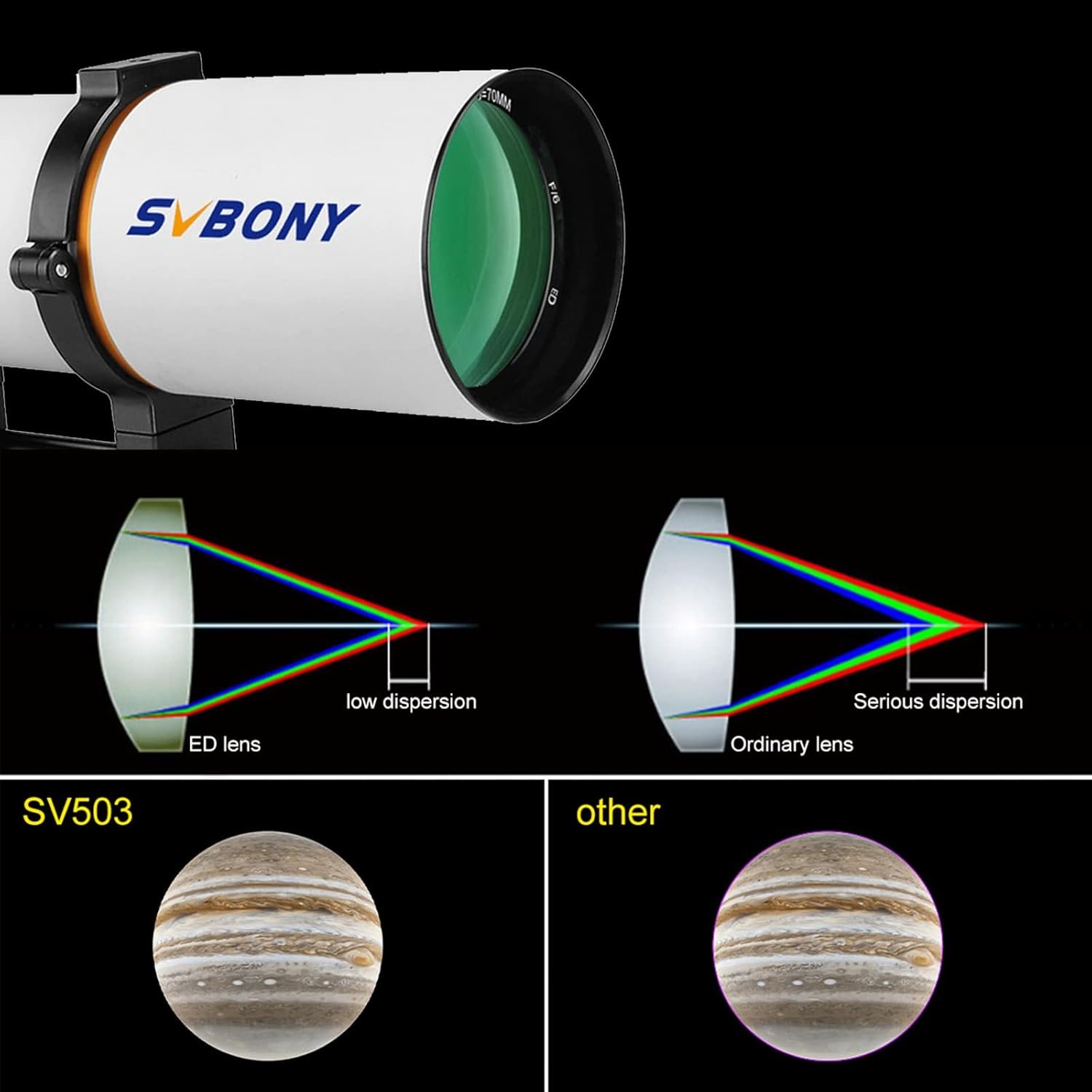Cosmic inflation, proposed by Alan Guth, explains rapid universe expansion post-Big Bang, solving horizon and flatness problems.
Key Takeaways 📝
- Inflation Revolution: Cosmic inflation, proposed by Alan Guth in 1981, provides a groundbreaking explanation for the universe’s rapid expansion just after the Big Bang, addressing key cosmological puzzles.
- Exponential Growth: The universe expanded by a factor of at least 102610^{26} to 105010^{50} times its size in less than 10−3210^{-32} seconds, fundamentally changing our understanding of its early moments.
- Solving Mysteries: Inflation theory directly addresses the horizon and flatness problems, explaining why the universe appears uniform and flat despite vast distances.
- Quantum Seeds: Quantum fluctuations during inflation laid the groundwork for the formation of galaxies and cosmic structures, which are observable in the cosmic microwave background (CMB).
- Ongoing Questions: Challenges remain, such as the “graceful exit” problem, highlighting that while inflation theory is pivotal, the exact mechanisms and dynamics of this period are still under exploration.
What is inflation in cosmology and how does it impact our understanding of the universe’s early history?
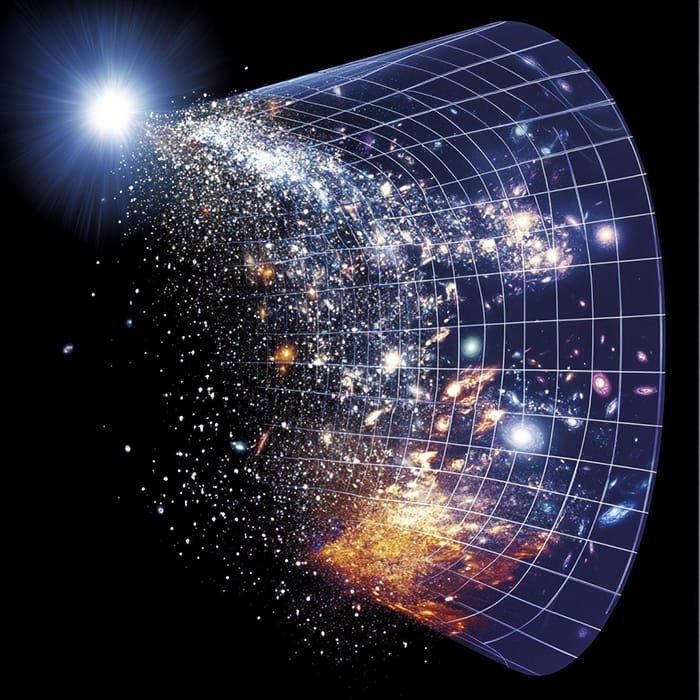
In the vast expanse of the cosmos, the universe’s early moments hold secrets that continue to intrigue scientists and cosmologists. One of the most significant theories that help us understand these early moments is the concept of cosmic inflation. Proposed by physicist Alan Guth in the early 1980s, inflation theory has revolutionized our understanding of the universe’s birth and its subsequent evolution. This report delves into what inflation in cosmology is and how it impacts our understanding of the universe’s early history.
What is Inflation in Cosmology?
Inflation in cosmology refers to a rapid expansion of the universe that occurred a fraction of a second after the Big Bang. This theory was introduced by Alan Guth in 1981 and suggests that the universe expanded exponentially fast for a brief period, increasing its size by a factor of at least 10^26 to 10^50 times larger than previously thought. This rapid expansion is believed to have lasted for about 10^-32 seconds.
The Origins and Causes of Inflation
The inflationary model was developed to address several problems in the standard Big Bang theory, such as the horizon and flatness problems. The horizon problem refers to the question of why the universe appears uniform in temperature and structure despite regions being too far apart to have exchanged information or energy. Inflation solves this by suggesting that these regions were once much closer together before being rapidly pushed apart.
The flatness problem concerns why the universe appears flat rather than curved. Inflation explains this by stretching any initial curvature to near flatness, much like inflating a balloon.
The Mechanism of Inflation
Inflation is driven by a hypothetical field known as the inflaton, which is a quantum field with a large amount of vacuum energy. During inflation, this energy causes the universe to expand exponentially, smoothing out any irregularities and diluting the concentration of any exotic particles like magnetic monopoles. The inflaton eventually decays, transforming its energy into matter and radiation, marking the end of the inflationary period and the beginning of the Big Bang.
Impact on Our Understanding of the Universe’s Early History

Structure Formation
One of the most profound impacts of inflation is its role in the formation of the universe’s large-scale structures. During inflation, quantum fluctuations were magnified to cosmic scales, providing the seeds for the formation of galaxies and other structures. These fluctuations are imprinted on the cosmic microwave background (CMB), the oldest light we can observe, which serves as a snapshot of the universe at the time of recombination.
Cosmic Microwave Background (CMB)
The CMB is a critical piece of evidence supporting the inflationary model. It shows slight temperature fluctuations that correspond to the density variations caused by quantum fluctuations during inflation. These variations eventually led to the gravitational collapse of matter into galaxies and other cosmic structures.
Solving Cosmological Problems
Inflation elegantly solves several cosmological puzzles. By proposing a rapid expansion, it explains the uniformity of the CMB and the flatness of the universe. It also accounts for the isotropy of the universe, meaning that it looks the same in all directions.
Challenges and Unresolved Questions
Despite its successes, inflation theory is not without its challenges. One major issue is the “graceful exit” problem, which concerns how the universe transitions smoothly from the inflationary phase to the standard Big Bang expansion without causing excessive turbulence. Additionally, the exact mechanism that triggers inflation and the nature of the inflaton field remain subjects of ongoing research.
Inflation theory has fundamentally changed our understanding of the universe’s early history. By explaining the rapid expansion that smoothed out the universe’s initial conditions, it provides a framework for understanding the large-scale structure and uniformity we observe today. While challenges remain, the theory continues to be a cornerstone of modern cosmology, guiding researchers in their quest to unravel the mysteries of the cosmos.
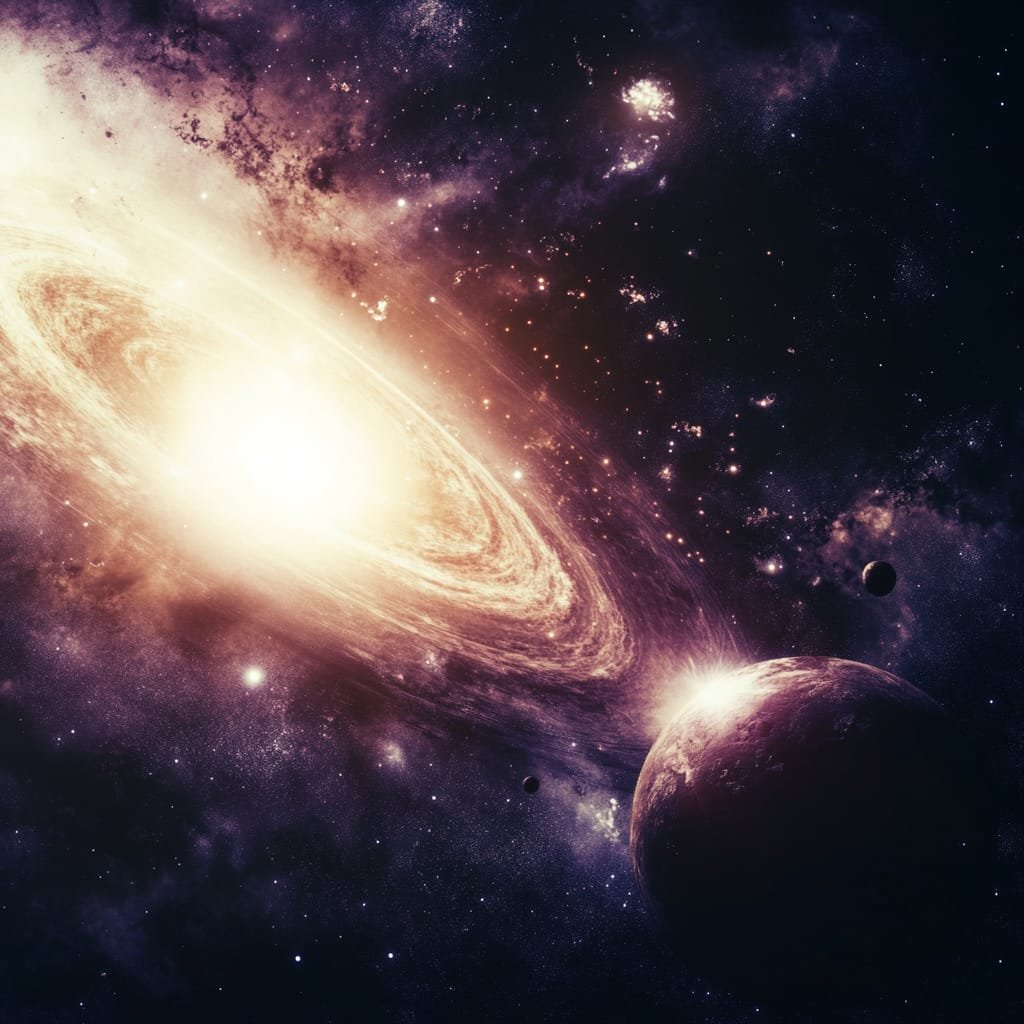
FAQs
What is cosmic inflation?
Cosmic inflation is a theory that proposes a rapid expansion of the universe shortly after the Big Bang, solving several cosmological problems like the horizon and flatness issues.
Who proposed the inflationary model?
The inflationary model was proposed by physicist Alan Guth in 1981.
How does inflation impact the cosmic microwave background?
Inflation magnifies quantum fluctuations, which are imprinted as temperature variations in the cosmic microwave background, providing clues about the early universe’s structure.
What problems does inflation solve in cosmology?
Inflation addresses the horizon problem, flatness problem, and explains the isotropy and homogeneity of the universe.
What are the challenges of inflation theory?
Challenges include the “graceful exit” problem and understanding the exact mechanism and nature of the inflaton field.

